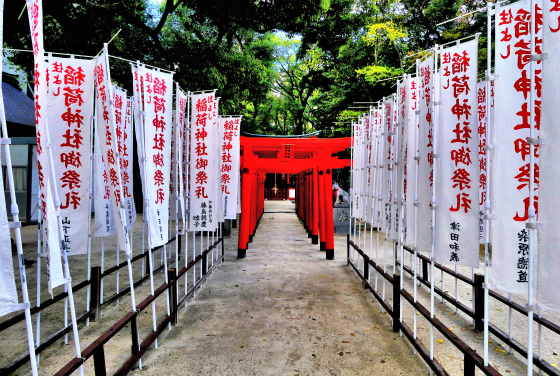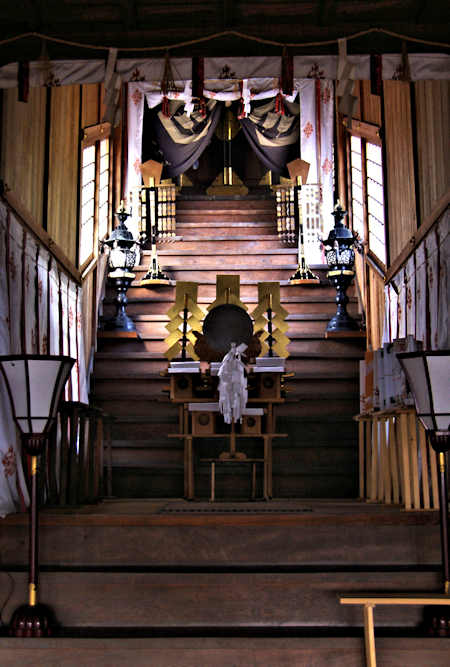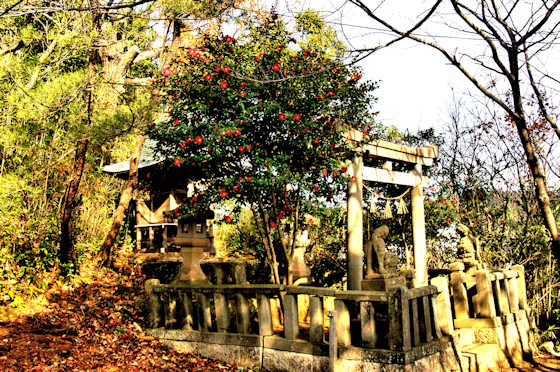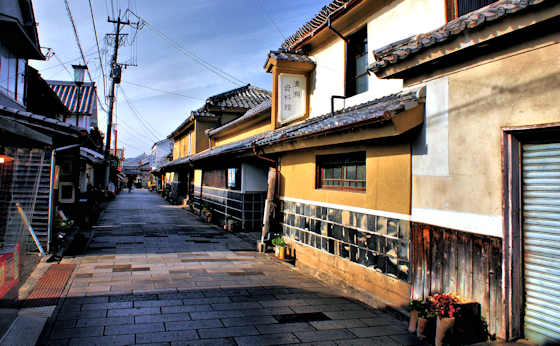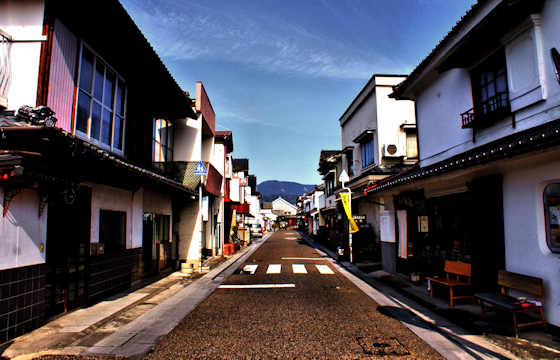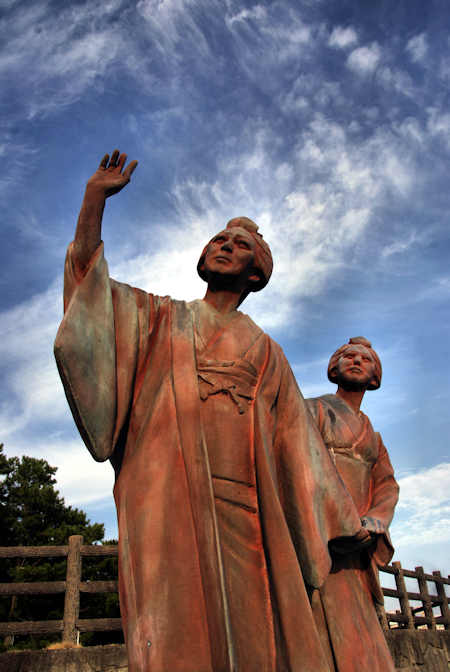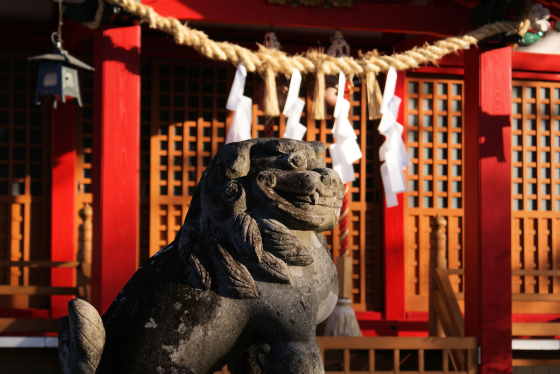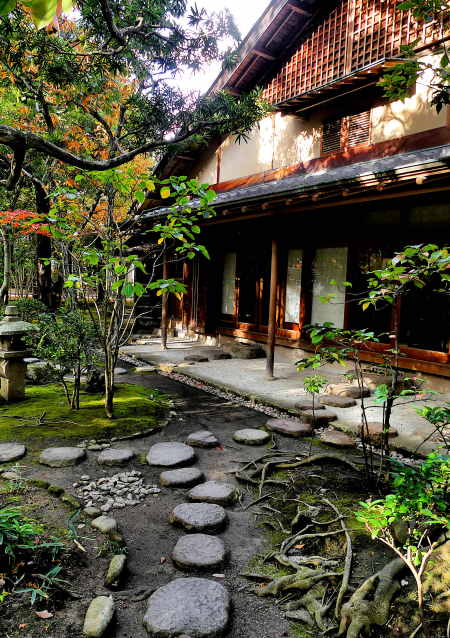Sunday, January 30, 2022
Sumiyoshi Inari Shrine
Thursday, January 27, 2022
Kokubunji Byakuraku Shrine
Kokubunji Byakuraku Shrine
The shrine is listed in the tenth century Engishiki, which means it received offerings from the cetral government.
Labels:
engi shiki,
Hachiman,
iwami33,
kokubunji,
komainu,
shimenawa,
Shrine,
torii,
wakeikazuchi
Tuesday, January 25, 2022
Hita Preservation District
Hita
Hita is a small town in Oita, close to the border with Fukuoka, and on the Mikuma River, which runs into the Chikugo River.
The old part of town is called Mamedamachi, and is a Preservation District with streets of old buildings from various times in the Edo Period.
Labels:
hita,
hita kaido,
kyushu108,
oita,
preservation district
Sunday, January 23, 2022
Mikka Ebisu Shrine
Mikka
Wednesday, January 19, 2022
Day 14 on the Ohenro Trail Winds Down
Ohenro Trail Day 14
Monday, January 17, 2022
Christmas Morning at a Tenmangu Shrine
Xmas
Saturday, January 15, 2022
Rakusuien Garden Hakata
Rakusuien
As well as the main house, there is also a small, rustic, traditional tea room that I will post about soon.
It is open every day from 9 to 5 except Tuesdays. Entry is a mere 100 yen, with matcha and seasonal sweet available for 500 yen.
Subscribe to:
Posts (Atom)
